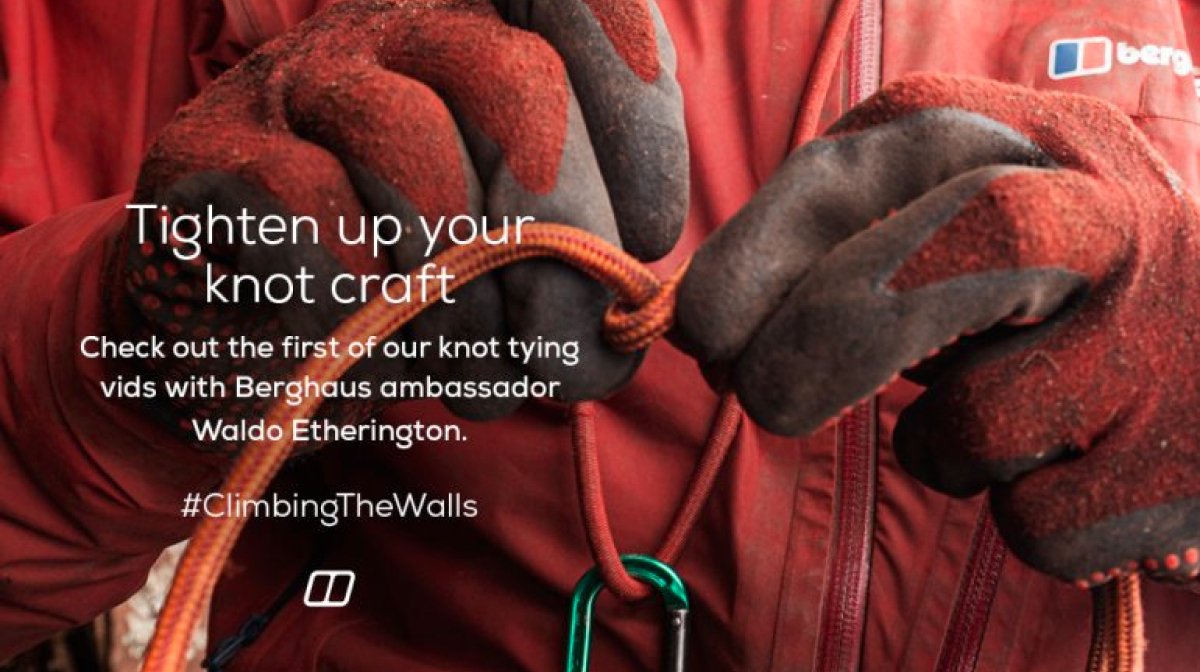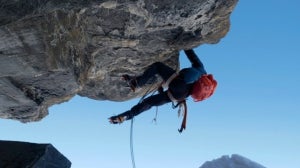
Fancy tightening up your knot know-how? We hatched a plan with Berghaus ambassador Waldo Etherington to bring you a knot-tying tip series that’ll help fill your hands with something other than time while you #StayHome
About Waldo:Waldo is rope access specialist who can usually be found in rainforest canopies or scaling big walls. He was part of the team who, led by Leo Houlding, summited Greenland’s Mirror Wall in 2015 and Guyana’s spectacular Mount Roraima last year.
Long story short, he knows all there is to know about ropes. So, we’re going to let him take it from here. Over to you, Waldo
Knot tying 101 and the Figure of 8In case you missed any of that, here’s a transcript:
Working end: the end of the rope that you’re tying knot with
Standing end: the opposite to the working end, it’s the side that’s not being used during knot tying.
Hitch: a hitch connects a rope to another object like a carabiner or even another rope.
Bend: a bend is a knot that joins two ropes together.
Bight: a curved or slack part between the two ends of the rope.
Figure of 8 re-cap
Figure of 8, Figure Eight, Figure of Eight, whatever you call it the job it does stays the same – it acts as a stopper and is best used for tying yourself into a harness or belaying because its strong, super secure and easy to check if you tied it right.
Double Becket Bend
It might be a bit of a mouthful but it’s an important part of any climber’s knot tying toolkit because you use it to tie two different ropes, usually with a different thickness, together. It’s secure, strong and quick-to-tie – once you get the hang of it.
One Handed Clove Hitch
A go-to for securing rope to a carabiner, a clove hitch also comes in super handy for arranging and tensioning belays. You can tie it using both hands or one and, of course, Waldo’s gone for latter for one of his favourite geeky knots.
Constrictor Hitch
The constrictor is, as Waldo put’s it ‘the clove hitch on steroids’ in as much as its similar to the clove but with one end passed under the other – making it one of the most effective binding knots there is (meaning it keeps stuff together). It’s secure, its harsh and a toughie to untie once tightened so definitely one to try to master.
Need a little more inspiration to stop you #ClimbingTheWalls? We’ve more knots for you to get stuck into with this knots for beginners guide.

Related Articles








